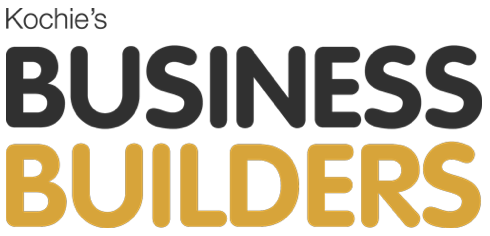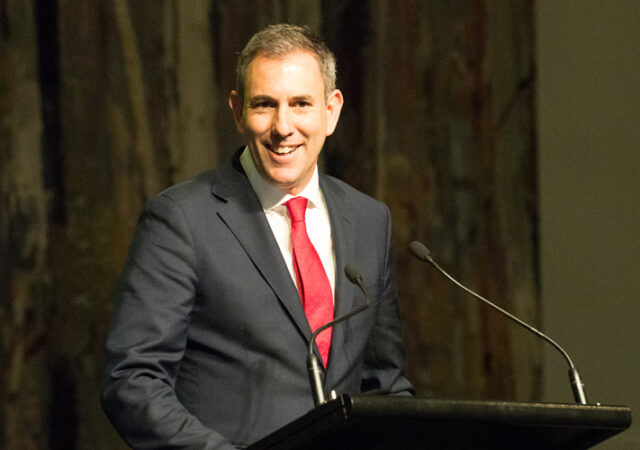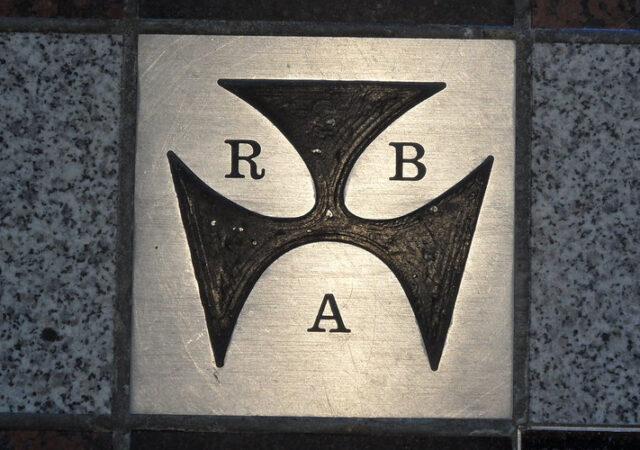You can make money through active or passive investing – or even a little bit of both. Just know what you’re getting yourself into with either approach.
There are plenty of different ways to make money investing. The important thing is that you find one that works for you and stick to it. Consistency and time in the market are king.
You may have heard people say things like “I’m a growth investor”, or “I’m a value investor”, or “I’m a passive investor”, or even “I’m a day trader”. They’re all different styles of investing, each with its own merits.
An investing style is a way in which you determine what investments to buy. It’s a method or philosophy, based on several factors.
- Do I need an investing style before I start? The short answer is no. Finding who you are as an investor takes time, and will involve making mistakes. The important thing is to learn from them and to understand that it will take time. Don’t let it stop you from starting.
- Am I locked in for life? Successful investors generally stick to one style, one plan or strategy. This is because chopping and changing can really hurt your returns. However, this doesn’t mean you can’t finesse and adapt your style as markets and the world changes.
- Do I need to choose just one style? No, some investors segment their money into different styles. An example of this is the core and satellite approach. This is taking both a active and passive investing styles and building a portfolio around them.
The biggest decision: active or passive investing
The first thing to note is that it’s not necessarily an ‘active or passive investing’ decision. It can be an active and a passive investor at the same time by passively investing some of your money and putting the rest into a more active approach.
We mentioned the core and satellite approach above. This is where you use index funds (passive investing) as the stable “core” of your portfolio, but invest in active investments as the “satellites” around that core.
Passive investing
Passive investing is about buying index funds and ETFs to get the average market return. It’s a hands-off approach and a great way to get started. If you’re busy and you’ve got a whole bunch of stuff that you prefer to be doing with your time other than learning about investing or analysing companies, then passive investing is a style that is right for a lot of people.
Passive investing is limited buying and selling. It means is you’re putting money into the market and then taking a very hands-off approach with the types of investments you’re buying. You’re not putting in time and effort to research individual stocks. Your goal is just to get the market return over a long period of time.
The idea behind passive investing is that the stock market continues to grind upwards as people are innovating. Companies get more productive, more profitable.
- How: Limited buying and selling; long-term
- Goal: avg. market returns
- Difficulty level: low
- Time required: low
- Investments: index funds, ETFs; automated investing
To put some numbers to it, if you put a thousand dollars a year into the Australian sharemarket and did nothing else for forty years, and you got the historical average 13.2 per cent return, you’d have over a million dollars after 40 years.
So that’s passive investing. Buy, sit and wait. You don’t need to know a whole lot to get started with a passive approach. There are plenty of products and micro-investing apps available that can get you started. All the ETFs and index funds that are available will help you kick off your passive investing style.
Active investing
Active investing is obviously the flip side of passive. It’s where you take a much more hands-on active approach in the investing decisions that you’re making. You’ll be putting some serious research time into make those decisions. Followed by the active management of your portfolio, which is probably an underrated aspect of active investing. People put a lot of time and energy into finding the stocks, buying and buying, and not a lot of research and energy into managing the stocks once you’ve bought them, which really is where the money is made and lost.
- How: Hands-on, actively buying and selling
- Goal: to beat the market
- Difficulty level: high
- Time required: high
- Investments: individual stocks, and other assets to build a portfolio
The goal of active management, and this is the style that many professional investors take, is to beat the average sharemarket return. It’s a difficult thing to do over the long term – according according to an analysis of the S&P SPIVA report, over a 15-year period, nearly 90 per cent of actively managed investment funds failed to beat the market.
You can find out more about all of these concepts in this episode of our Get Started Investing podcast:
How do you know which is best for you?
Ask yourself these questions:
- What is my investing goal?
- Do I need to beat the market? Yes = Active; No = Passive
- Do I have the time and the skills to research individual companies? Yes = Active; No = Passive
- Am I likely to be an emotional investor? Yes = Passive; No = Active
If you’re a passive investor, buy and hold market indexes, managed funds or broad thematic ETFs. If you’re active, then there is plenty of choice, but just be careful to do your research thoroughly. Do you have the time and skills to actually sit down and and give justice to researching stocks and actually making plans for your investing decisions and writing them down? If you don’t have the time for that, it’s highly likely you don’t have the time to be an active investor.




























Trending
Sorry. No data so far.